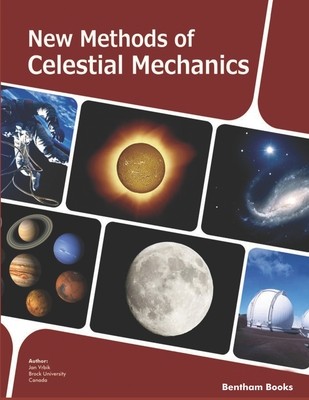
- We will send in 10–14 business days.
- Author: Jan Vrbik
- Publisher: Bentham Science Publishers
- ISBN-10: 160805344X
- ISBN-13: 9781608053445
- Format: 21.6 x 27.9 x 0.8 cm, minkšti viršeliai
- Language: English
- SAVE -10% with code: EXTRA
Reviews
Description
The book attempts to explain the main features of celestial mechanics using a new and unique technique. Its emphasis, in terms of applications, is on the Solar System, including its most peculiar properties (such as chaos, resonances, relativistic corrections, etc.). All results are derived in a reasonably transparent manner, so that anyone with a PC and a rudimentary knowledge of mathematics can readily verify them, and even extend them to explore new situations, if desired. The more mathematically oriented reader may also appreciate seeing quaternions as the basic algebraic tool of the new approach. Practicing astronomers may also be happy to learn that the method has eliminated the problem of zero divisors, and does not require using the rather controversial averaging principle. The book is intended for astronomers and mathematicians interested in mechanical motion.
EXTRA 10 % discount with code: EXTRA
The promotion ends in 21d.08:48:46
The discount code is valid when purchasing from 10 €. Discounts do not stack.
- Author: Jan Vrbik
- Publisher: Bentham Science Publishers
- ISBN-10: 160805344X
- ISBN-13: 9781608053445
- Format: 21.6 x 27.9 x 0.8 cm, minkšti viršeliai
- Language: English English
The book attempts to explain the main features of celestial mechanics using a new and unique technique. Its emphasis, in terms of applications, is on the Solar System, including its most peculiar properties (such as chaos, resonances, relativistic corrections, etc.). All results are derived in a reasonably transparent manner, so that anyone with a PC and a rudimentary knowledge of mathematics can readily verify them, and even extend them to explore new situations, if desired. The more mathematically oriented reader may also appreciate seeing quaternions as the basic algebraic tool of the new approach. Practicing astronomers may also be happy to learn that the method has eliminated the problem of zero divisors, and does not require using the rather controversial averaging principle. The book is intended for astronomers and mathematicians interested in mechanical motion.


Reviews